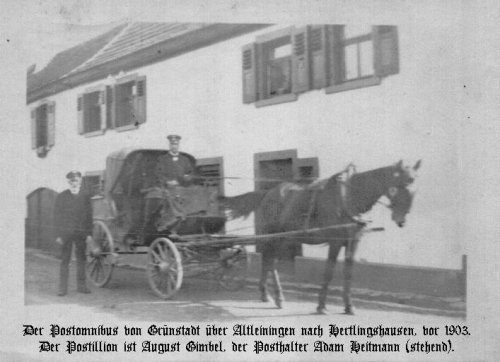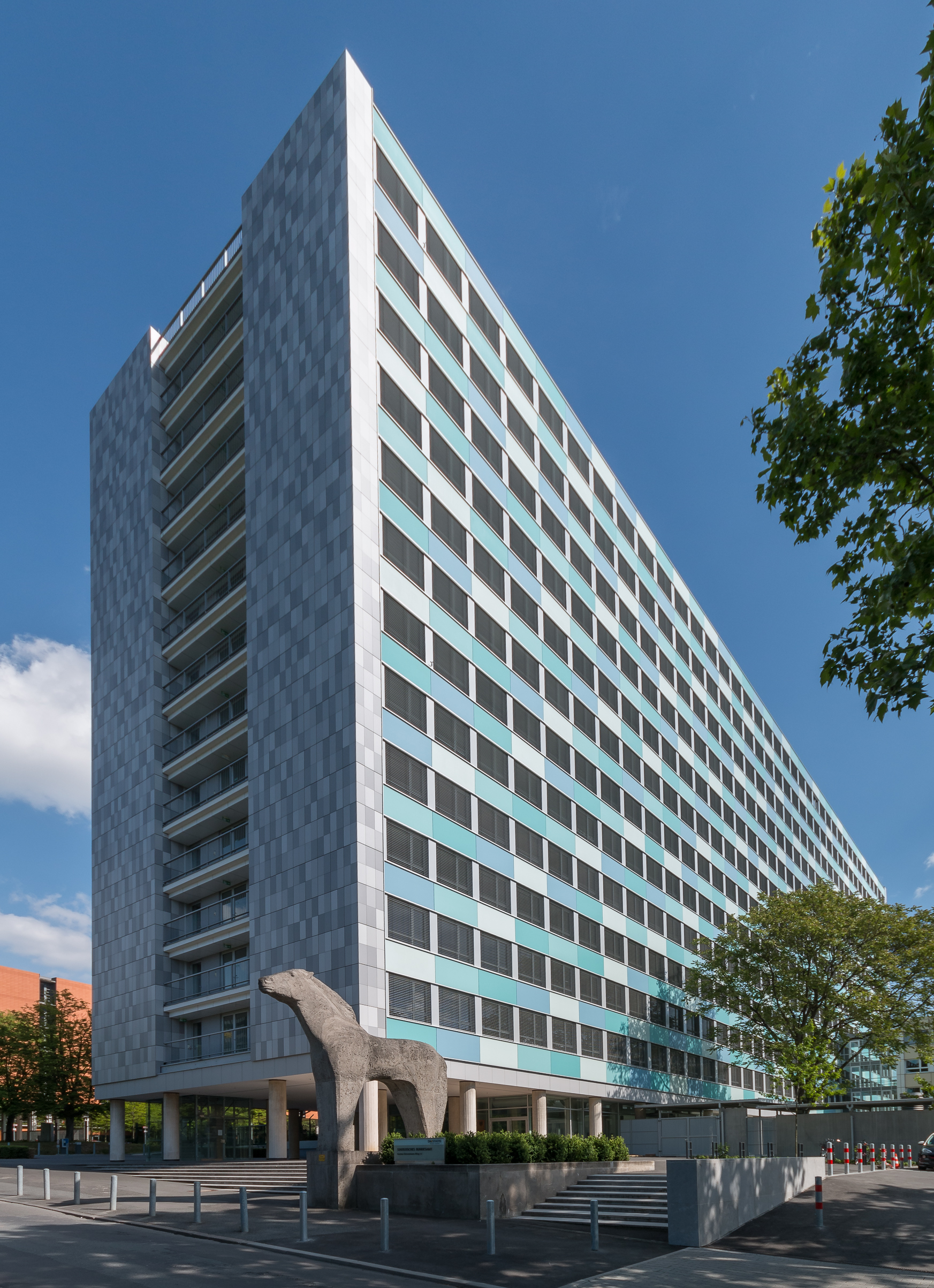|
Leißling
Leißling (or ''Leissling'') is a village and a former municipality in the Burgenlandkreis district, in Saxony-Anhalt, Germany. Since 1 September 2010, it is part of the town Weißenfels. Location Leißling lies south-west of Weißenfels on the Saale. History The first documented mention of Leißling was made in the year 1232. On 1 September 2010 the village was annexed by Weißenfels. Statistisches Bundesamt Monuments * Stone on Market Street in memory of the communist working athlete Otto Müller, who was sentenced to jail and died in |
Carlsberg (Pfalz)
Carlsberg () is an ''Ortsgemeinde'' – a municipality belonging to a ''Verbandsgemeinde'', a kind of collective municipality – in the Bad Dürkheim district in Rhineland-Palatinate, Germany. Geography Location The municipality lies at the north edge of the Palatinate Forest between the Haardt range in the south and the Autobahn A 6 in the north in the ''Leiningerland'' at an elevation of 285 m above sea level. Carlsberg belongs to the ''Verbandsgemeinde'' of Leiningerland, whose seat is in Grünstadt. The outlying centre of Hertlingshausen lies in the northern Palatinate Forest and is crossed by the river Eckbach, which rises in the part of the municipal area known as ''Kleinfrankreich'' (“Little France”). Since Carlsberg is a scattered settlement, it is not possible to say where Hertlingshausen ends and the main centre begins. Constituent communities Carlsberg's ''Ortsteile'' are Carlsberg and Hertlingshausen. History In 1754, Carlsberg, originall ... [...More Info...] [...Related Items...] OR: [Wikipedia] [Google] [Baidu] |
Weißenfels
Weißenfels (; often written in English as Weissenfels) is the largest town of the Burgenlandkreis district, in southern Saxony-Anhalt, central Germany. It is situated on the river Saale, approximately south of Halle, Saxony-Anhalt, Halle. History Perhaps the first mention of the area, before the town itself was founded occurred in 806 CE, when Charles the Younger (''Karl der Jüngere''), King of the Franks, fought and killed two West Slavs, West Slavic ''Knyaz, Knezy'' (princes) nearby: duke Miliduch of the Sorbs and Nessyta (possibly also a Sorbian leader). Miliduch had led a Sorbian invasion of Austrasia. The settlement arose around a castle on a ford (crossing), ford crossing the Saale and received German town law, municipal rights in 1185. During the Thirty Years' War, the town was badly damaged and the population fell from 2200 to 960. On 7 November 1632 the body of King Gustavus Adolphus of Sweden was first laid out at Weißenfels after he had been killed the day befo ... [...More Info...] [...Related Items...] OR: [Wikipedia] [Google] [Baidu] |
Saale
The Saale (), also known as the Saxon Saale (german: Sächsische Saale) and Thuringian Saale (german: Thüringische Saale), is a river in Germany and a left-bank tributary of the Elbe. It is not to be confused with the smaller Fränkische Saale, Franconian Saale, a right-bank tributary of the Main (river), Main, or the Saale (Leine), Saale in Lower Saxony, a tributary of the Leine. Etymology The name ''Saale'' comes from the Proto-Indo-European language, Proto-Indo-European root wikt:Reconstruction:Proto-Indo-European/sélos, *''séles'' 'marsh', akin to Welsh language, Welsh ''hêl, heledd'' 'river meadow', Cornish language, Cornish ''heyl'' 'estuary', Ancient Greek, Greek ''hélos'' 'marsh, meadow', Sanskrit ''sáras'' 'lake, pond', Sarasvati River, ''Sárasvati'' 'sacred river', Old Persian ''Harauvati'' 'Harut River, Hārūt River; Arachosia', Avestan ''Haraxvatī'', idem. It may also be related to the Indo-European root *''sal'', "salt". The Slavic name of the Saale, ''Sola ... [...More Info...] [...Related Items...] OR: [Wikipedia] [Google] [Baidu] |
Burgenlandkreis
Burgenlandkreis is a district in Saxony-Anhalt, Germany. Its area is . History The district was established as Landkreis Burgenland by the merger of the former Burgenlandkreis and Landkreis Weißenfels as part of the reform of 2007. On 16 July 2007, the district parliament decided to change the name to Burgenlandkreis, coming into effect on 1 August 2007. In 2015 the skeletal remains of an ancient inhabitant of Karsdorf dated from the Early Neolithic (7200 BP) were analyzed; he turned out to belong to the paternal T1a-M70 lineage and maternal lineage H1. Towns and municipalities The Burgenlandkreis consists of the following subdivisions: Verbandsgemeinde A Verbandsgemeinde (; plural Verbandsgemeinden) is a low-level administrative unit in the German federal states of Rhineland-Palatinate and Saxony-Anhalt. A Verbandsgemeinde is typically composed of a small group of villages or towns. Rhineland- ...n 1 seat of the Verbandsgemeinde; 2 town References Exte ... [...More Info...] [...Related Items...] OR: [Wikipedia] [Google] [Baidu] |
Saxony-Anhalt
Saxony-Anhalt (german: Sachsen-Anhalt ; nds, Sassen-Anholt) is a state of Germany, bordering the states of Brandenburg, Saxony, Thuringia and Lower Saxony. It covers an area of and has a population of 2.18 million inhabitants, making it the 8th-largest state in Germany by area and the 11th-largest by population. Its capital is Magdeburg and its largest city is Halle (Saale). The state of Saxony-Anhalt was formed in July 1945 after World War II, when the Soviet army administration in Allied-occupied Germany formed it from the former Prussian Province of Saxony and the Free State of Anhalt. Saxony-Anhalt became part of the German Democratic Republic in 1949, but was dissolved in 1952 during administrative reforms and its territory divided into the districts of Halle and Magdeburg. Following German reunification the state of Saxony-Anhalt was re-established in 1990 and became one of the new states of the Federal Republic of Germany. Saxony-Anhalt is renowned for its ri ... [...More Info...] [...Related Items...] OR: [Wikipedia] [Google] [Baidu] |
Germany
Germany,, officially the Federal Republic of Germany, is a country in Central Europe. It is the second most populous country in Europe after Russia, and the most populous member state of the European Union. Germany is situated between the Baltic and North seas to the north, and the Alps to the south; it covers an area of , with a population of almost 84 million within its 16 constituent states. Germany borders Denmark to the north, Poland and the Czech Republic to the east, Austria and Switzerland to the south, and France, Luxembourg, Belgium, and the Netherlands to the west. The nation's capital and most populous city is Berlin and its financial centre is Frankfurt; the largest urban area is the Ruhr. Various Germanic tribes have inhabited the northern parts of modern Germany since classical antiquity. A region named Germania was documented before AD 100. In 962, the Kingdom of Germany formed the bulk of the Holy Roman Empire. During the 16th ce ... [...More Info...] [...Related Items...] OR: [Wikipedia] [Google] [Baidu] |
Statistisches Bundesamt
The Federal Statistical Office (german: Statistisches Bundesamt, shortened ''Destatis'') is a federal authority of Germany. It reports to the Federal Ministry of the Interior. The Office is responsible for collecting, processing, presenting and analysing statistical information concerning the topics economy, society and environment. The purpose is providing objective, independent and highly qualitative statistical information for the whole public. About 2300 staff members are employed in the departments in Wiesbaden, Bonn and Berlin. The department in Wiesbaden is the main office and runs the largest library specialised in statistical literature in Germany. It is also the Office of the President who is also by tradition, but not by virtue of the office, the Federal Returning Officer. In this position, they are the supervisor of the elections of the German Parliament ("Bundestag") and of the European Parliament. The Berlin Information Point is the service centre of the Federal O ... [...More Info...] [...Related Items...] OR: [Wikipedia] [Google] [Baidu] |
999th Light Afrika Division (Germany)
The 999th Light Africa Division (''999. leichte Afrika-Division'') was a German Army unit formed in Tunisia in early 1943. The basis of the division was the 999th Africa Brigade (''999. Afrika-Brigade''), formed several months earlier, as a penal military unit. While all members of Nazi punishment units were labeled "criminals", a significant proportion of the brigade's members had been transferred to it for holding, or being perceived to hold, anti-Nazi ideas. The division was not fully-formed when Axis forces in North Africa began to collapse. Consequently, the elements of the division that fought in Tunisia generally did so as independent battalions or companies, which suffered high losses (in terms of casualties and captured) before being withdrawn. Fighting mostly against US Army forces, many members of the division reportedly surrendered their positions to the Americans without a fight. Afterwards, the severely depleted division was sent to Greece for garrison duties and ... [...More Info...] [...Related Items...] OR: [Wikipedia] [Google] [Baidu] |
Concentration Camp
Internment is the imprisonment of people, commonly in large groups, without charges or intent to file charges. The term is especially used for the confinement "of enemy citizens in wartime or of terrorism suspects". Thus, while it can simply mean imprisonment, it tends to refer to preventive confinement rather than confinement ''after'' having been convicted of some crime. Use of these terms is subject to debate and political sensitivities. The word ''internment'' is also occasionally used to describe a neutral country's practice of detaining belligerent armed forces and equipment on its territory during times of war, under the Hague Convention of 1907. Interned persons may be held in prisons or in facilities known as internment camps (also known as concentration camps). The term ''concentration camp'' originates from the Spanish–Cuban Ten Years' War when Spanish forces detained Cuban civilians in camps in order to more easily combat guerrilla forces. Over the following ... [...More Info...] [...Related Items...] OR: [Wikipedia] [Google] [Baidu] |
Rheinland-Pfalz
Rhineland-Palatinate ( , ; german: link=no, Rheinland-Pfalz ; lb, Rheinland-Pfalz ; pfl, Rhoilond-Palz) is a western state of Germany. It covers and has about 4.05 million residents. It is the ninth largest and sixth most populous of the sixteen states. Mainz is the capital and largest city. Other cities are Ludwigshafen am Rhein, Koblenz, Trier, Kaiserslautern, Worms and Neuwied. It is bordered by North Rhine-Westphalia, Saarland, Baden-Württemberg and Hesse and by the countries France, Luxembourg and Belgium. Rhineland-Palatinate was established in 1946 after World War II, from parts of the former states of Prussia (part of its Rhineland and Nassau provinces), Hesse (Rhenish Hesse) and Bavaria (its former outlying Palatinate kreis or district), by the French military administration in Allied-occupied Germany. Rhineland-Palatinate became part of the Federal Republic of Germany in 1949 and shared the country's only border with the Saar Protectorate until the latter was ... [...More Info...] [...Related Items...] OR: [Wikipedia] [Google] [Baidu] |
Kirche Leißling
Kirk is a Scottish and former Northern English word meaning "church". It is often used specifically of the Church of Scotland. Many place names and personal names are also derived from it. Basic meaning and etymology As a common noun, ''kirk'' (meaning 'church') is found in Scots, Scottish English, Ulster-Scots and some English dialects, attested as a noun from the 14th century onwards, but as an element in placenames much earlier. Both words, ''kirk'' and ''church'', derive from the Koine Greek κυριακόν (δωμα) (kyriakon (dōma)) meaning ''Lord's (house)'', which was borrowed into the Germanic languages in late antiquity, possibly in the course of the Gothic missions. (Only a connection with the idiosyncrasies of Gothic explains how a Greek neuter noun became a Germanic feminine). Whereas ''church'' displays Old English palatalisation, ''kirk'' is a loanword from Old Norse and thus retains the original mainland Germanic consonants. Compare cognates: Icelandic & ... [...More Info...] [...Related Items...] OR: [Wikipedia] [Google] [Baidu] |


.jpg)





